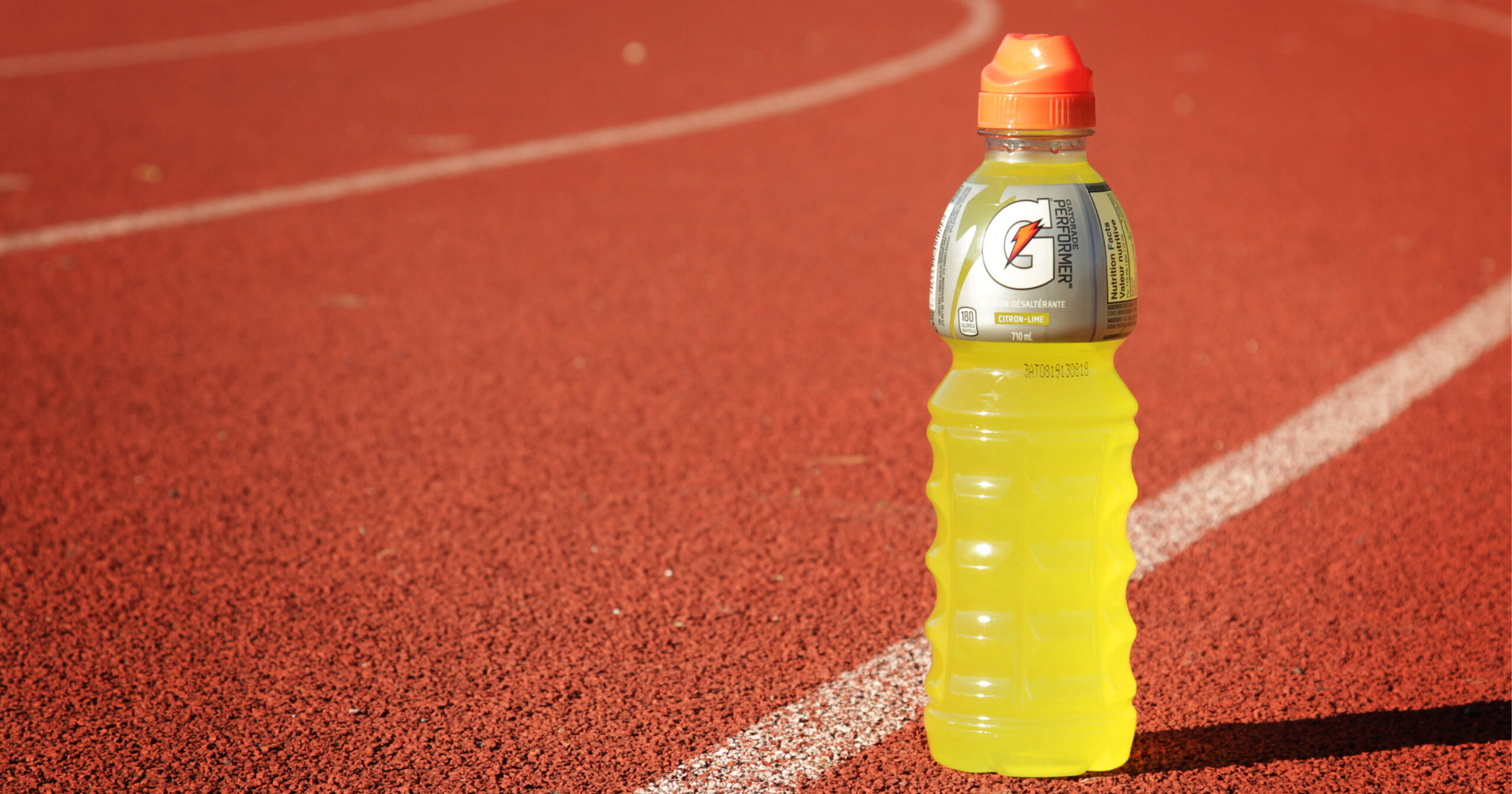So you’re training for your first race. Or, you’re stepping up in distance. You have a good sense how to train for your specific event but you find yourself feeling “empty” during workouts or don’t feel like you have the power to push hard enough in training. You may need to pay closer attention to fueling during training.
What should I use to fuel my training?
Many of us start in the same place in training……….hydrating with water as we complete our workouts. This is fine for shorter duration sessions (>1hr), but if you’re choosing to step up in distance you’ll need to find a way to take in additional calories via carbohydrates to sustain your efforts.
What should I use as my fueling source?
A quick Google search will show you just how many fueling options there are out there. Many claiming to have the “best” products. Many of these products are excellent and certainly will help your training. If, however, you want to keep it simple, often your best bet is to find out what will be served at your race and train with that!
Makes sense right? If you train with on-course nutrition you’ll certainly be able to race with it! In our household, my wife and I train with basic Gatorade. We’ve tried other things, but in the end we can buy Gatorade in bulk, doesn’t break the bank, and is served at most races.
How much should I be “fueling” during my workouts?
Everyone is different and every race is different but there are some basic guidelines. Generally speaking if you find a fueling source (a mixture of carbohydrates and electrolytes) that works for you then you should target consuming between 30 and 60 grams of carbohydrate per hour. Look at the carbohydrate amounts on your serving size and you can get a sense of how many servings you need to consume. **Note that I recommend starting at 30 to 60 grams per hour. Longer races like full distance triathlons will come with recommendations of higher carbohydrates per hour than shorter distance endurance events.
That’s a lot of carbohydrates!
You bet it is! Training for long distance endurance events requires training your gut to absorb this amount of carbs while racing! It’s not easy, but in time practice will make better. As you begin your training, start on the lower end and try to work your way up over time. It can be helpful to mix up your calorie intake. I for example, shoot for drinking two bottles of Gatorade per hour during long bike rides and I try to nibble on a cliff bar every 10 minutes or so. I’m not taking in many solids, but it helps to change it up.
Are more calories better?
To a point, yes. Here’s where it becomes very individualistic. Every one of us is different. You may be able to consume huge amounts of calories when training while someone else may not. Ultimately you need to find the amount of fuel intake that is right for you during your training sessions. Under-fueling will absolutely negatively impact your race as will over-fueling (gut issues). Use your training sessions to determine where that fueling “sweet spot” is for you so you can maximize your training and race day performance.

